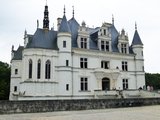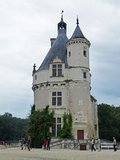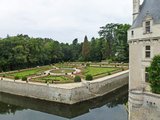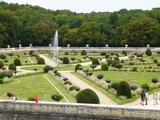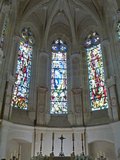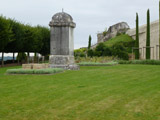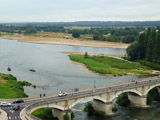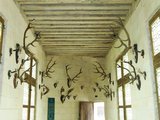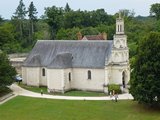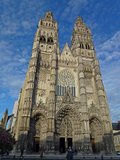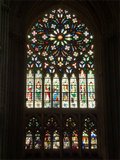Loire Valley Chateaux
|
The Châteaux of the Loire Valley are part of the heritage of the historic towns of Amboise, Angers, Blois, Chinon, Nantes, Orléans, Saumur, and Tours along the Loire River in France. In the 16th century the Loire Valley continued to be the place where most of the French royalty preferred to spend the bulk of their time. The French Revolution saw a number of the great French châteaux destroyed and many ransacked. The overnight impoverishment of many of the deposed nobility, usually after one of its members lost their head to the guillotine, saw many châteaux demolished. Today, these privately owned châteaux serve as homes, a few open their doors to tourist visits, while others are operated as hotels or bed and breakfasts. |
Click on an image to see a larger version,
hold cursor on image to see caption
Use arrow icons or
arrow keys to navigate on photo pages.
Château de Chenonceau
Château d'Amboise
|
The royal Château at Amboise is a château located in Amboise, in the Loire Valley in France. King Charles VIII died at the château in 1498 after hitting his head on a door lintel. As a guest of the King, Leonardo da Vinci came to Château Amboise in December 1515 and lived and worked in the nearby Clos Lucé. He is buried in the Chapel of Saint-Hubert, adjoining the Château, which had been built in 1491-96. |
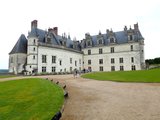 |
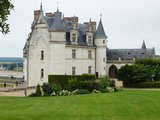 |
 |
|||
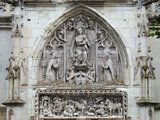 |
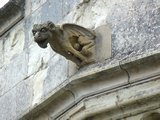 |
 |
||||
|
||||||
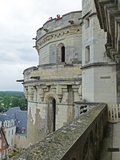 |
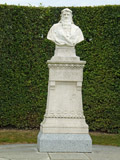 |
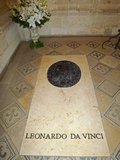 |
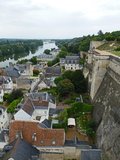 |
Château de Chambord, Château de Cheverny & Tours Cathedral
|
The royal Château de Chambord at Chambord, France, is one of the most recognizable châteaux in the world because of its very distinct French Renaissance architecture. The building, which was never completed, was constructed by King François I in part to be near to his mistress the Comtesse de Thoury. Chambord is the largest château in the Loire Valley; it was built to serve as a hunting lodge for François I. Some authors have suggested that Leonardo da Vinci may have designed it. |
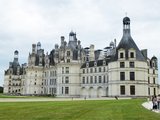 |
||||||
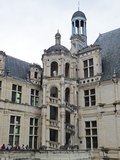 |
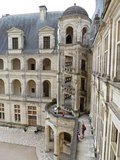 |
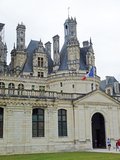 |
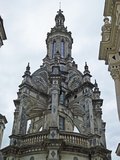 |
 |
|||
|
|||||||
|
The Château de Cheverny is a rare thing within the Loire Valley - a château that appears untouched by the Renaissance. Built sometime between 1604 and 1635 the 17th century château is built in pure Louis XIII classical style. The château today is as it was originally built. There are priceless tapestries all through the château as well as paintings and rare furnishings. |
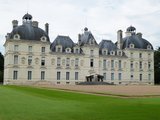 |
 |
||
|
||||

